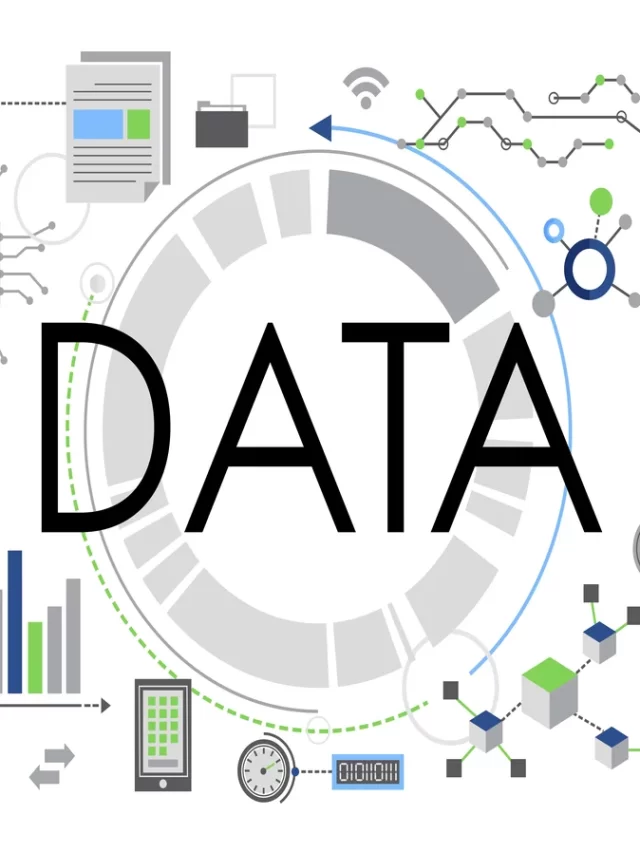Google’s Insight on the Helpful Content System: A Comprehensive Guide

In today’s digital age, creating and sharing helpful content is essential for businesses and individuals looking to reach their target audience effectively. Google’s insight into the Helpful Content System provides valuable guidance on how to create content that not only appeals to search engines but, more importantly, resonates with users. This comprehensive guide explores the key components and strategies for building a helpful content system that can enhance your online presence.
The Helpful Content System
What is a Helpful Content System?
A Helpful Content System is a holistic approach to content creation that focuses on delivering valuable, relevant, and user-centric information. It goes beyond traditional SEO and content marketing to prioritize the needs and preferences of the audience.
Why is it Important?
Creating a Helpful Content System is crucial because it helps businesses and individuals establish authority, build trust, and foster long-term relationships with their audience. It aligns with Google’s goal of delivering high-quality search results to users.
Key Components of a Helpful Content System
Content Quality
The foundation of a Helpful Content System is high-quality content. This means providing accurate, well-researched, and engaging information that addresses the questions and concerns of your audience.
User Intent
Understanding user intent is vital for creating helpful content. It involves recognizing the specific queries and needs of your target audience and tailoring your content accordingly.
Keyword Research
Keyword research helps you identify the terms and phrases your audience uses when searching for information. This data guides your content creation efforts and ensures that your content is discoverable.
Content Format
The format of your content matters. It can include text, images, videos, infographics, and more. The choice of format should align with the preferences of your target audience.
Accessibility
Your content should be accessible to all users, including those with disabilities. Prioritize accessibility to reach a broader audience and improve user satisfaction.
Strategies for Implementing a Helpful Content System
Content Planning
Develop a content strategy that aligns with your business goals and the needs of your audience. Plan topics, formats, and publishing schedules to maintain consistency.
Content Optimization
Optimize your content for search engines without sacrificing user experience. This includes on-page SEO, meta tags, and mobile-friendliness.
Content Promotion
Promote your content through various channels, including social media, email marketing, and guest posting. This expands your reach and drives more traffic to your site.
User Engagement
Encourage user engagement through comments, social sharing, and community-building. Engaged users are more likely to become loyal followers.
Measuring Success
Key Performance Indicators (KPIs)
Identify KPIs that align with your content goals. These could include metrics such as organic traffic, click-through rates, time on page, and conversion rates.
Analytics and Monitoring
Regularly analyze your website’s performance using tools like Google Analytics. Monitor your progress and make data-driven adjustments to your content strategy.
Key Takeaways
Incorporating Google’s insight on the Helpful Content System into your content strategy is a valuable step toward creating a strong online presence and building meaningful connections with your audience. By prioritizing content quality, user intent, and optimization, you can enhance your content’s discoverability and user satisfaction, ultimately achieving your business objectives.







